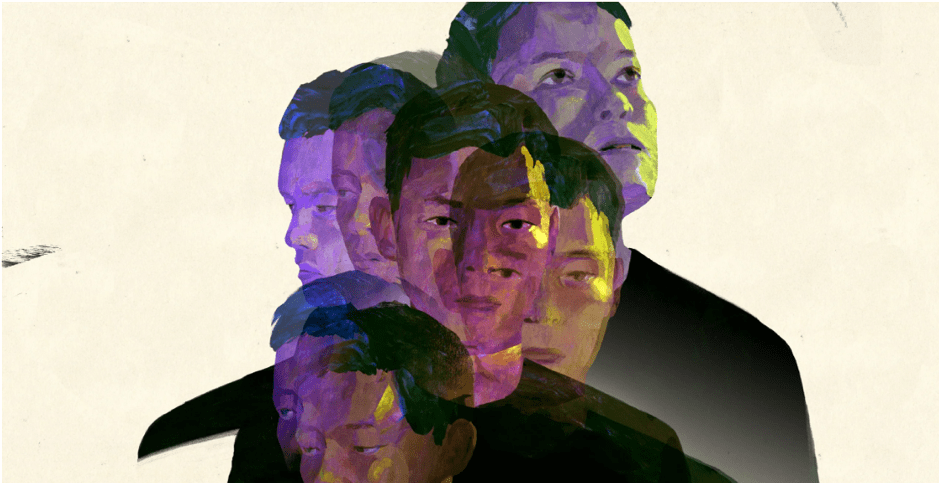by Kathleen Teo Kai Hui
When the European colonial masters of the 19th Century first stepped foot on Southeast Asian soil, they had one goal in mind: to exploit the international trade of Southeast Asia by directing and reinvesting the profits earned from this exploitation into their own economies.
As they set out to achieve their goals, rapid demand for labour ensued in the region, attracting migrants from all over Central and Northern Asia. The result was an increase in the ethnic diversity of each of the 11 countries and the appearance of various minority groups. The ethnic demographics of some of these countries are listed in the table below:
Country | Ethnic groupings |
| Malaysia | 61.7% Bumiputera (Malays and indigenous peoples), 20.8% Chinese, 6.2% Indian, 0.9% others, 10.4% non-citizens |
| Myanmar | 68% Burman (Bamar), 9% Shan, 7% Karen, 4% Rakhine, 3% Chinese, 2% Indian, 2% Mon, 5% others |
| Thailand | 75% Thai, 14% Thai Chinese, 3% Malay, 8% others |
| Singapore | 74.2% Chinese, 13.2% Malay, Indians 9.2%, 3.4% others |
| Indonesia | 40.1% Javanese, 15.5% Sudanese, 3.58% Batak, 3.03% Madurese, 3% Chinese, 2.88% Betawi, 2.73% Minankabau, 1.97% Batenese, 1.74% Banjarese, 1.67% Balinese, 1.13% Makasserese |
| Philippines | 28.1% Tagalog, 13.1% Cebuano, 9% Illocano, 7.6% Bisaya, 7.5% Hiligaynon, 6% Bikol, 3.4% Waray, 25.3% others |
The ethnic groups in Southeast Asia since then have had to reconcile their differences to form a single sovereign state. To do so, official languages were established to foster unity and coherent national identity. However, the uniqueness in the fact that these countries have an unusually broad range of cultures and ethnic groups has resulted in its integration with its national identity. These states are becoming increasingly distinct and have even been praised for their ability to allow different cultures and ethnicities to peacefully coexist.
However, the maintenance of such coexistence between such groups is not as harmonious as it seems. Requiring people to consistently accept individuals with different backgrounds as their equals, is in practice, difficult to achieve. Ethnic homogeneity in the region is to be blamed for this.

In most countries in the region, there is an absolute ethnic majority, with minority groups existing in small populations. Malaysia, Myanmar, and Thailand are clear examples of this. Others such as Singapore, Indonesia and the Philippines are less homogenous. To appeal to the predominant ethnic majority, governments in the region have been giving them unequal treatment through the enactment of exclusionary laws and policies. The prioritisation of Malay resources over minorities like the Chinese in Malaysia under the Bumiputera policies is just one example of how minorities get unequal treatment under the law across the region.
“In a world where multiculturalism and ethnic diversity are being challenged, how can Southeast Asia still remain optimistic that it will be positive and successful in this direction?”
– Professor Kishore Mahbubani, former dean of the Lee man Yew School of Public Policy
Worse treatment of minorities is evident in countries that not only have an absolute ethnic majority, but also histories of autocratic or anocratic governments. This is painfully obvious in Myanmar; the ongoing harsh and discriminatory treatment of the Rohingya minority is a brutal example of how ethnic majorities gain better treatment from the law.
In less homogenous countries, minority groups are deprived of legal rights, especially when violence is being inflicted on them. When the minority Ahmadiyya Islamic sector in Indonesia was subjected to lynch mobs by conservative Muslims in 2011, there was no regress of legal justice extended to the sector. While President Duterte in the Philippines has made some effort to recognise the Moro minority bypassing Bangsamoro Basic Law (BBL) designed to give the Moro minority some powers of self-determination, it’s future is uncertain given the nature his rule.
This is not a new phenomenon, and neither will it die down anytime soon. With the dramatic migration of China’s middle-class to Southeast Asia, it is unclear what implications it will bring. Will it bring about more acceptance? Or will worsen the discrimination of that these minority groups already face? Regardless, ethnic homogeneity should never be an excuse for inequality under the law. That is incontrovertible.


